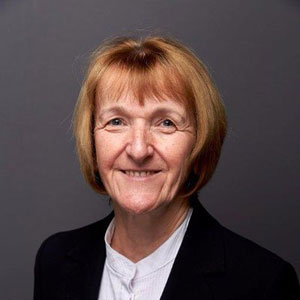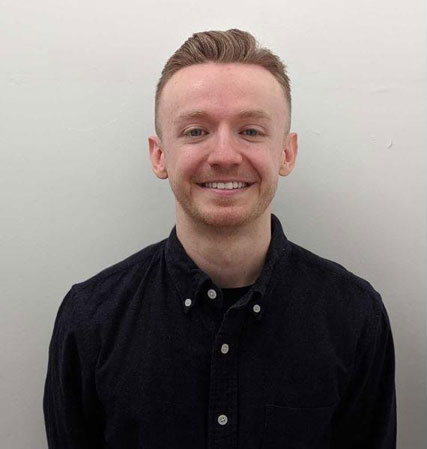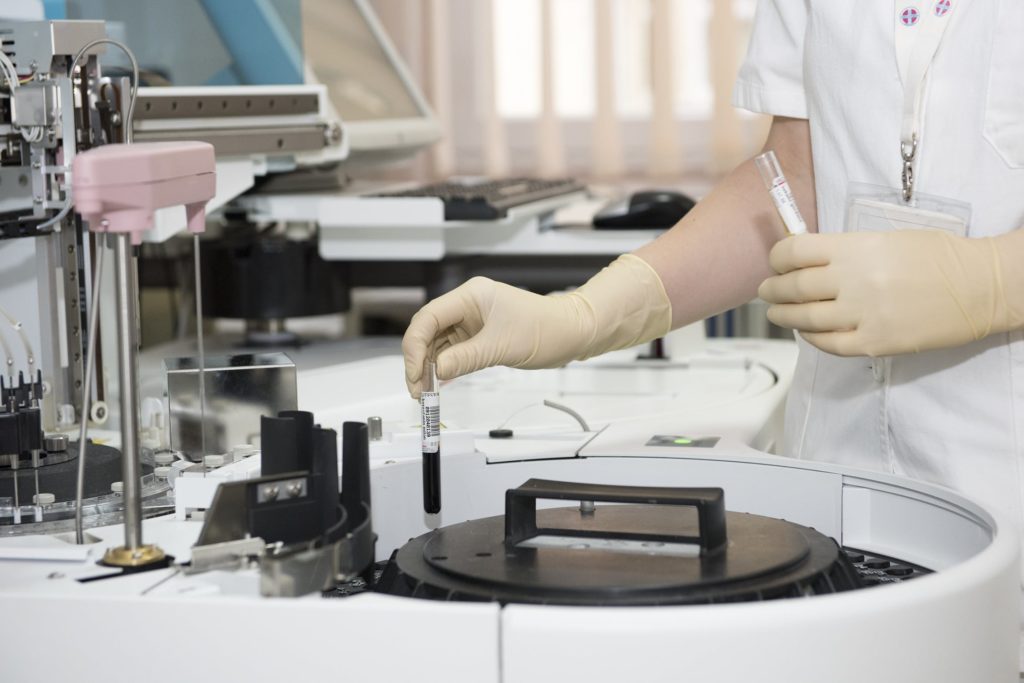Background
Survivors of a major trauma, such as a road traffic accident or military conflict, have their lifespans shortened by up to 10 years. These patients also develop age-related diseases such as heart disease and cancer much earlier than people who have not been severely injured. One possible explanation is that the injury and subsequent large scale repair processes have resulted in an acceleration of the ageing process. Until very recently it was not possible to test this idea as we could not determine how rapidly someone was ageing, but now there are a range of biomarkers that can determine an individual’s biological age as opposed to their chronological age.
Method
This project will use three main methods to determine whether survivors of a major trauma show signs of accelerated ageing. Blood samples will be analysed at 1 week, 6 months and up to 8 years after injury in patients who were injured and had an injury severity score of 16 or higher. The early time points are from stored PBMCs and the 8 year follow up samples are being collected now. The samples will be assessed for three measures of ageing: Telomere length in PBMCs, DNA methylation at 350 CpG sites according to the Horvath and Hannum epigenetic clock algorithms and the IMM-AGE analysis of blood cell phenotype. The data taken together with clinical measures will reveal if the patients have evidence of accelerated ageing.



